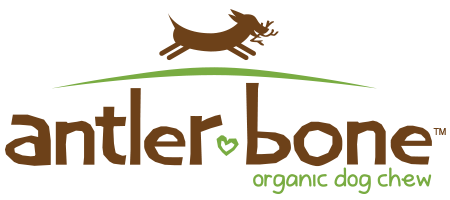So, Why Grow Antlers?
Even though its hard to believe, deer, elk and moose grow antlers for reasons other than antler dog treats (grin). Evidence shows that strategies have evolved in each and every animal population to help sure that the strongest individuals have the greatest opportunity to mate and perpetuate the species. This is very true in the case of antlers. Incidentally, antler growth and size has little to no bearing on the age of the animal, it is more of a indicator of its overall health. Antlers are renewed each and every year which means the stags need to find a source of calcium to supply their antler growth. Since they have a diet primarily of green vegetation, you may wonder where this secret source of calcium originates. The simple answer - from their own bones (mainly their rib cage). Since only the healthiest of males will be able to afford such a huge diversion of their body resources, an impressive set of antlers represents an impressive pedigree for parenthood and thus attracts the most suitable mates.
During the rut in the autumn months, the individuals with the largest antlers (generally matched with the toughest temperament) have an advantage when it comes to competing for their mates. Even though a large pair of antlers means mating priority, it does have some disadvantages. The battle for ultimate supremacy will inevitably use up summer stores of energy, leaving them in poor condition at the onset of the coldest months in the year. Being the most successful stag in the herd just might result in their demise during a long mountain winter.
While only male deer, elk, and moose grow antlers, caribou are very unique in that both the males and females go through an annual process of antler growth. Most commonly, male caribou grow antlers during the summer, use them to compete for mates, and then shed them. Interestingly, once the rut comes to an end, the female caribou grow a short spike antler. This will allow the females, who must divert resources to reproduction during the time of year when food is scarce, to have an advantage over the stags for limited winter food sources.
